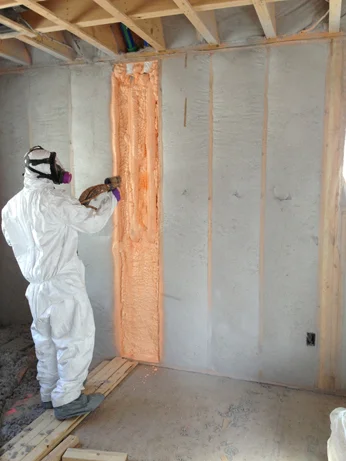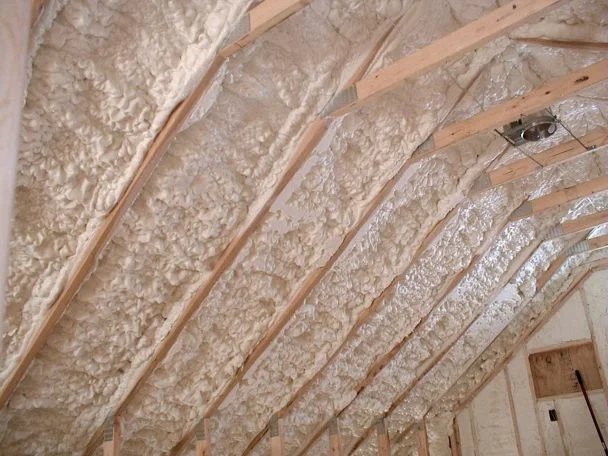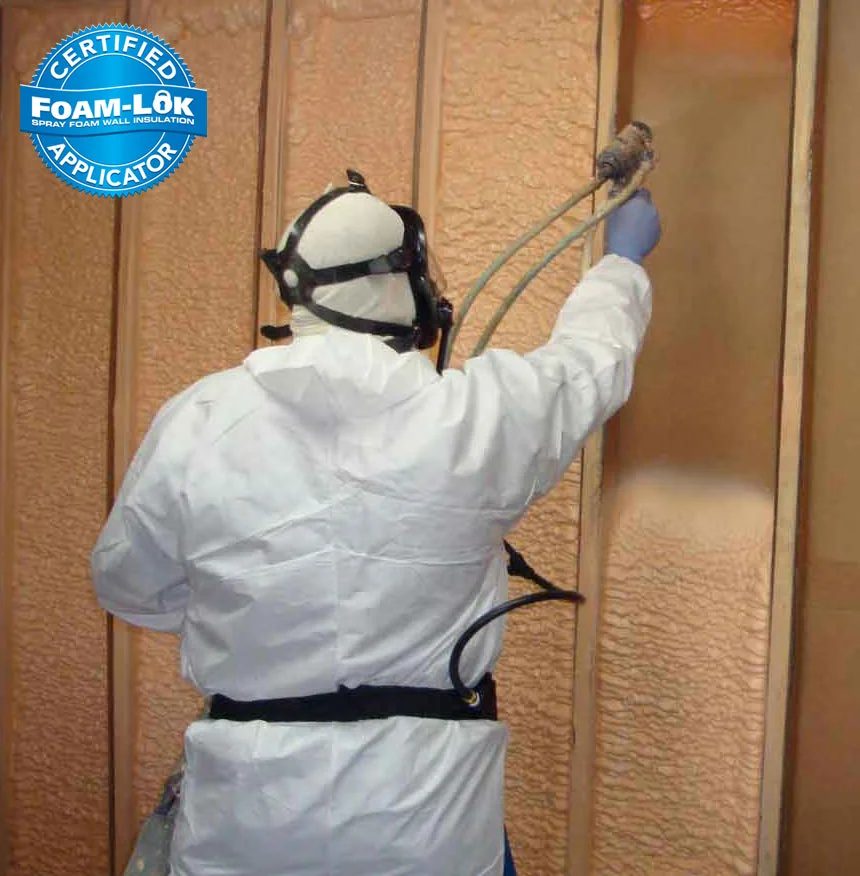Spray Foam
Spray polyurethane foam (SPF) is a spray-applied plastic that is widely used to insulate buildings and seal cracks and gaps, making the building more energy-efficient and comfortable. SPF insulation is known to resist heat transfer extremely well, and it offers a highly effective solution in reducing unwanted air infiltration through cracks, seams, and joints.
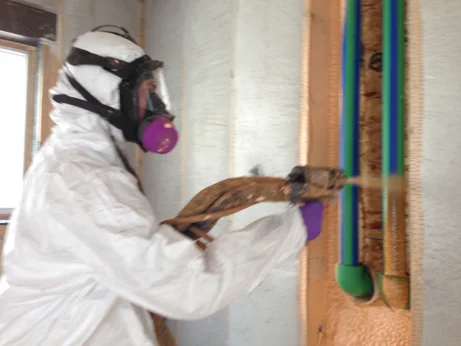
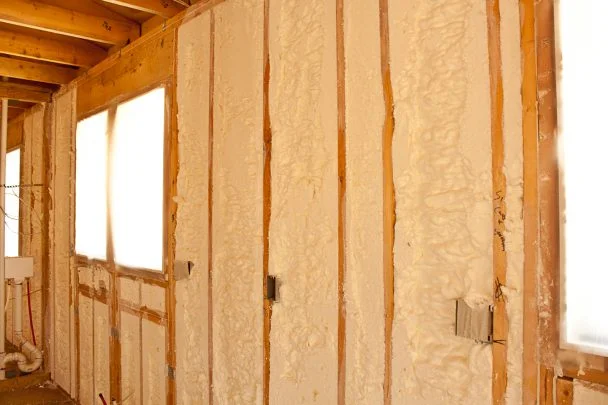
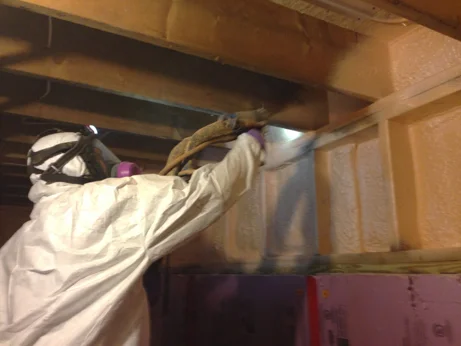
Types of Spray Foam Insulation
There are essentially two types of spray foam insulation. Both materials are a combination of two chemicals and expand in place, but how they insulate differs. They’re also among the most effective types of insulation.
Open Cell Spray Foam Insulation
The first type of spray foam insulation is open cell. As the name suggests, open cell insulation consists of small pockets that aren’t completely enclosed. These foams expand a lot (up to three inches per pass), and the dried foam remains relatively soft and flexible. These products typically use water or carbon dioxide as the propelling agent, making them less harmful to the environment than their closed-cell counterparts.
Open cell foam creates an effective barrier against air movement and sound. It’s useful in walls, ceilings, and roofs. However, due to the open cells, this foam is more likely to absorb moisture and vapor, so it can require the addition of a vapor barrier on the inside of the foam in many applications.
Open-cell spray foam insulation creates an R-value of around 3.5 to 3.6 per inch, so a total of around R-13 in a 2×4 wall, or around R-19 in a 2×6 wall. However, since this foam expands up to three inches per application, it’s difficult to apply additional coats after the first application without wasting excess foam.
Closed Cell Spray Foam Insulation
Closed-cell spray foam insulation is similar to open cell in that it forms an air barrier. However, the individual cells or pockets formed within this foam are completely closed. Also, the cells are much more densely packed, making this foam insulation much more rigid than open cell (it can actually improve structural integrity, in some cases).
Because closed-cell spray foam insulation has enclosed pockets, it’s much more effective against moisture and vapor. Also, these closed pockets create improved insulation value, with one inch providing up to R-6.5 of insulation. It’s also easier to apply additional “coats” of closed-cell foam, due to the fact that it expands much less (around one inch per application) than open cell foam.
But, closed-cell foams typically use hydrofluorocarbons as the propelling agent, and HFCs are much less environmentally-friendly than the propellants used for open cell options.
